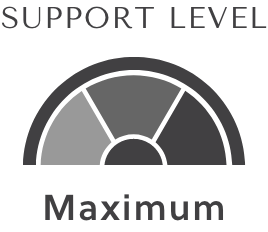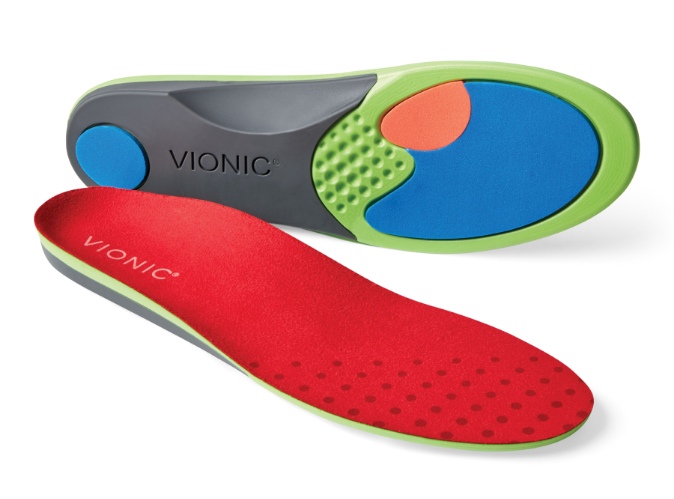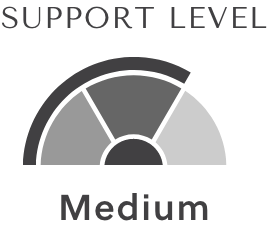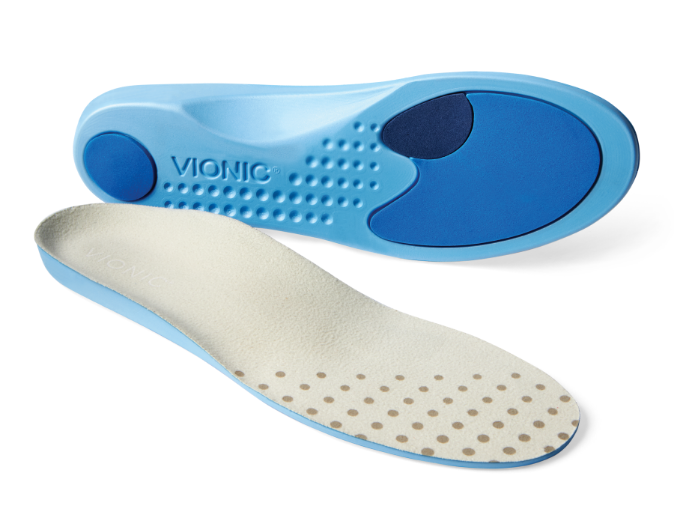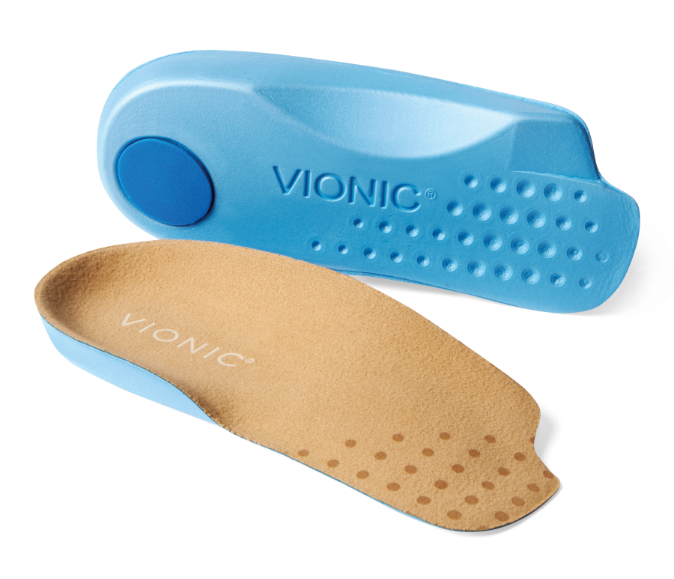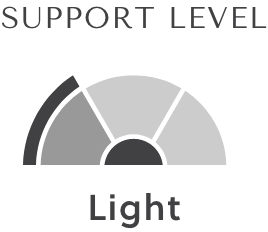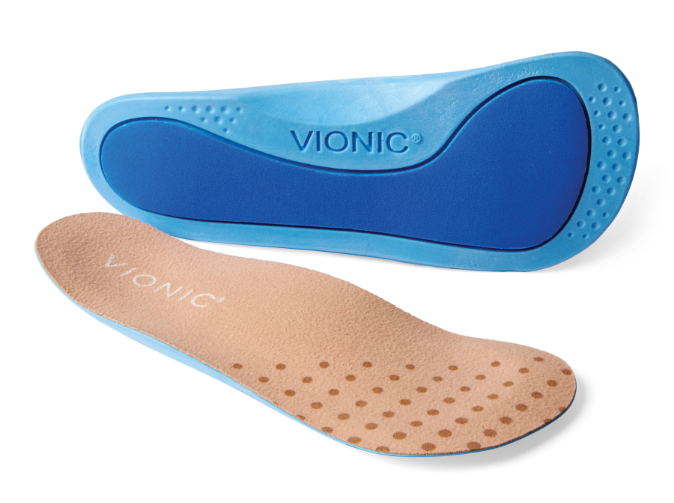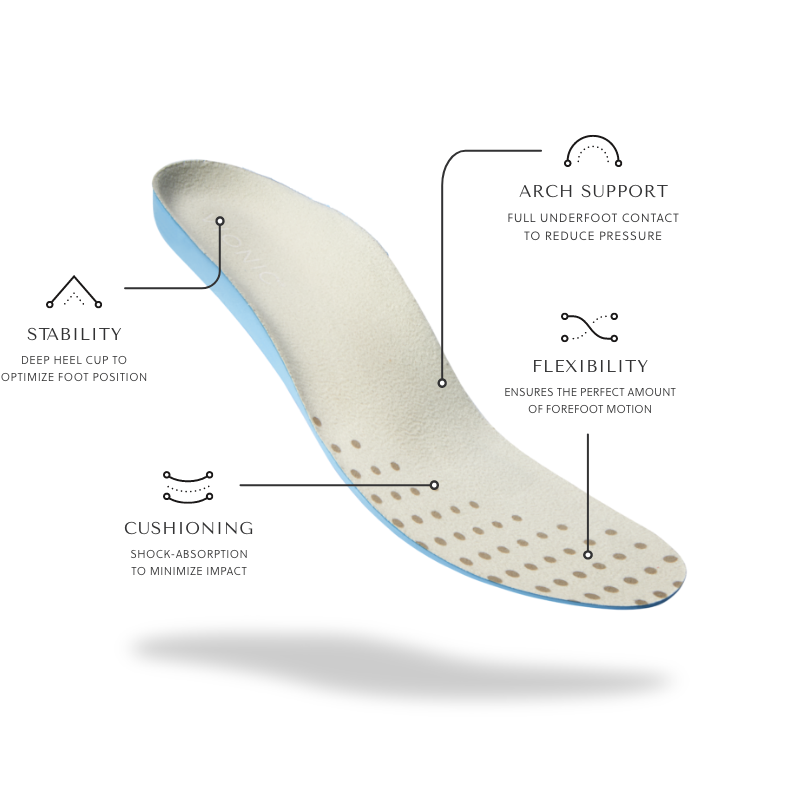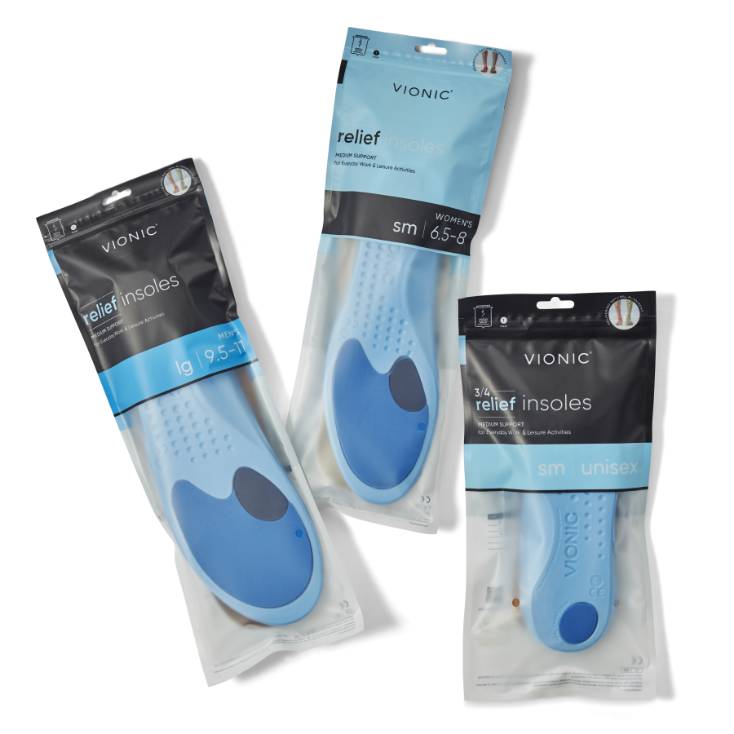INSOLE FAQ
What is your return policy?
We’re sorry your purchase didn’t work out for you. To make it easy to find your perfect pair, we offer FREE returns and exchanges for purchases made only on vionicshoes.com.
You may return or exchange your merchandise for any reason within 30 days of purchase as long as the original purchase was made on
vionicshoes.com. Returns for refunds will be credited to the original form of payment. Please allow up to 15 days for the credit to show on your statement.
PLEASE NOTE: We cannot process returns or exchanges for purchases made through other retailers.
For additional information, please visit our
Returns & Exchanges page.
What is the difference between a footbed and an insole/orthotic?
Regular footbeds are designed to provide a cushioning effect and absorb shock. They may feel comfortable at first, but they do not address the biomechanical cause of excess pronation.
Insoles provide some degree of shock absorption, but more importantly they are functional and are designed to help you reclaim your footprint by supporting natural alignment from the ground up. Some footbeds also feature an arch support; however, quality insoles such as
Orthaheel do a lot more than just support the arches.
Who can benefit from wearing insoles and why?
Any person with or without a foot problem can benefit from wearing
insoles! It is estimated that over 70% of the population suffer from rolling inwards of the foot and fallen arches (i.e., excess pronation), which is the major contributing factor to foot problems. As we get older this problem often worsens.
These persons in particular can benefit greatly from wearing insoles:
Those over 50: As we get older, the muscles and ligaments in the foot become weaker, as do the bones due to calcium reduction. In addition, the fatty padding under the foot thins out, which means less protection and cushioning for the bones, in particular the heel bone. Fallen arches combined with thinning fat tissue are a recipe for foot problems. Heel spurs are the most common foot complaints for those over 50.
People who are on their feet all day: Factory workers, nurses, teachers, people in retail and many other industries are required to stand on their feet for hours each day. Hard, unforgiving surfaces like concrete and asphalt take their toll after prolonged standing even for young and healthy people! Most common complaints are tired, aching feet and legs as well as low back pain. Women who are required to wear dress shoes with heels (e.g., in retail or hospitality) often suffer from pain under the
ball of foot (metatarsalgia) and/or aching legs.
Runners & athletes: Because athletes put so much strain on their muscles and bones and ground reaction forces are much higher (up to 4 times the body weight), biomechanical injuries are more the rule than the exception. Insoles play a major role in preventing sports injuries such as Achilles Tendonitis,
shin splints and problems in and around the knee joint. Plus, running pain‑free enables any athlete to perform better!
High‑heel wearers: Most women know that high heels are not good for their feet, however many women do wear them. Common symptoms occurring from wearing high heels are pain in the back of the legs (and shortening of the calf muscles over the long term), ball of foot pain, pain under the arch and the heel.
Vionic Slimfit insoles are specifically designed to reduce discomfort associated by heeled shoes and sandals.
What are Vionic insoles made of and how long will they last?
Vionic
insoles and
sandals are made of a flexible material called EVA (ethyl vinyl acetate).
The key advantage of EVA is that it is supportive and ‘giving’ at the same time! As you apply weight to the foot, there is a certain amount of ‘give’ in Vionic insoles and sandals, providing shock absorption to the feet, ankles, knees, hips and back. This makes the device much more comfortable and more natural compared to hard insoles. Yet, at the same time, they are firm enough to realign the foot and allow you to claim back your natural footprint.
Because Vionic insoles and sandals are somewhat flexible, they will need to be replaced every 12‑18 months. Older people or those with sensitive feet will benefit from a softer type of orthotic such as Vionic, as they may have difficulty tolerating anything hard under the foot.
How long does it take to get used to Vionic insoles and footwear?
Because Vionic products are made of ‘foot‑friendly’ flexible EVA, it takes most people only a few hours to get used to them.
For the greatest comfort, we recommend wearing your new Vionic footwear for just a few hours for the first few days to allow your feet to adjust to the new level of orthotic comfort and support.
Within one to two weeks you should find the product completely comfortable and supportive.
Are insoles covered under the 30‑day guarantee?
Our orthotic inserts are covered in our 30‑day guarantee. Even if you’ve already used them or trimmed them down to size, we will accept them back for a full refund within 30 days of purchase. Original shipping charges are not refunded.
Do insoles qualify for HSA/FSA use?
Yes, our insoles are qualified for HSA/FSA use.
